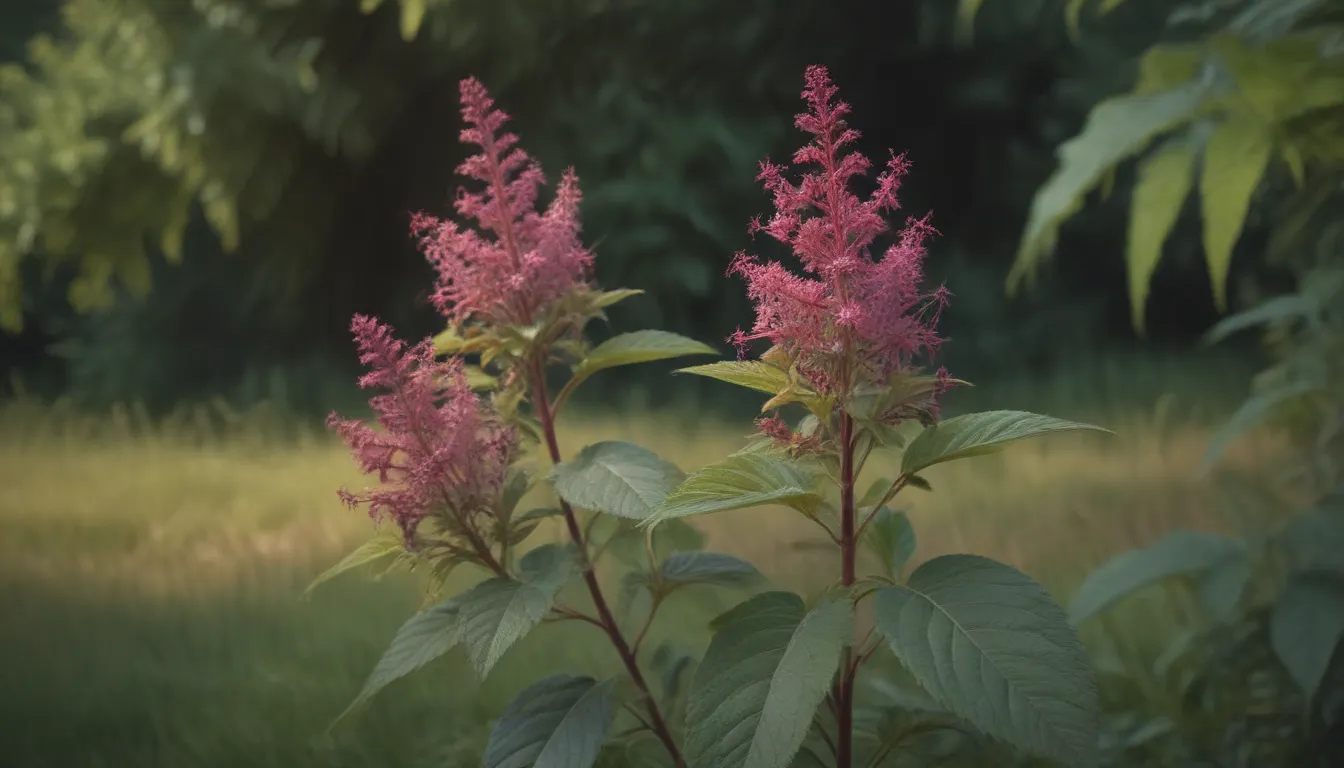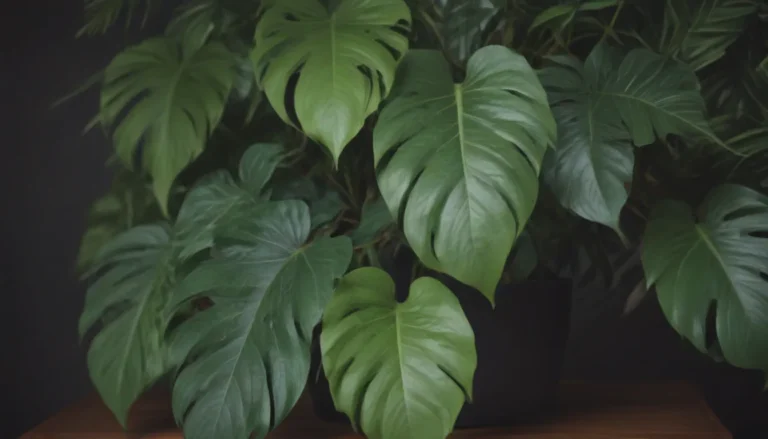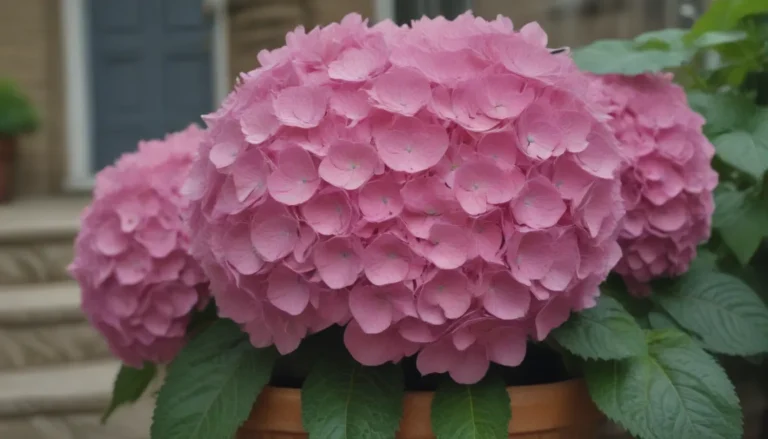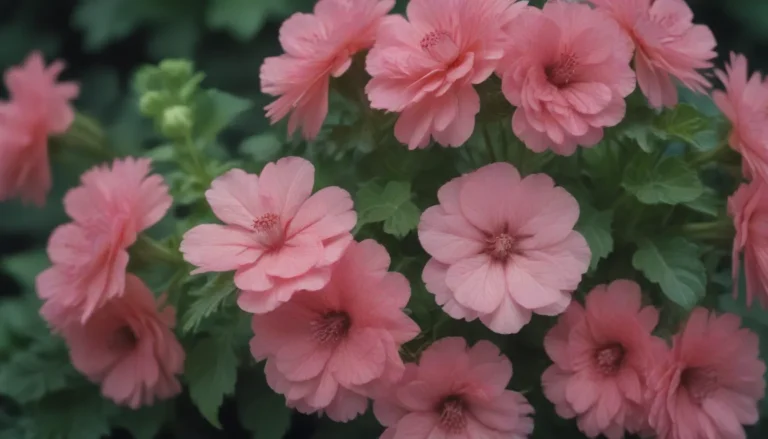The Ultimate Guide on How to effectively Get Rid of Pokeweed

Pokeweed may be a familiar sight to many, especially for those living in the eastern half of North America where it is native. While it may seem like a harmless plant with its tall stature and striking purple berries, pokeweed is actually quite toxic and can pose a threat to children and pets. In addition to its toxicity, pokeweed is a persistent weed that can be challenging to eradicate completely. In this comprehensive guide, we will explore everything you need to know about identifying, managing, and getting rid of pokeweed effectively.
Understanding Pokeweed
Pokeweed, scientifically known as Phytolacca americana, is a perennial weed that can grow up to 10 feet tall. It is characterized by its upright habit, large racemes of dark purple berries, and smooth, thick stems. The plant emits a foul odor when its green, egg-shaped leaves are bruised. Pokeweed is most commonly found in the eastern half of North America but has also been reported in western states and even in Japan. Its invasive nature and ability to spread rapidly through bird-dispersed seeds make it a concern for both natural habitats and home gardens.
Key Characteristics of Pokeweed:
- Height: 2 to 10 feet tall
- Large racemes of dark purple berries
- Smooth, thick stems
- Egg-shaped leaves with a foul odor when bruised
- Greenish-white flowers in early summer
Pokeweed Toxicity
One of the most significant concerns when dealing with pokeweed is its toxicity. All parts of the plant, including the berries, leaves, and roots, contain toxic compounds that can be harmful if ingested. As such, it is essential to prevent children and pets from coming into contact with pokeweed in your yard. If you have pokeweed growing on your property, it is recommended to remove it to avoid any potential risks.
How to Identify Pokeweed
Identifying pokeweed is crucial for effective management. Recognizing the plant’s distinctive features can help you differentiate it from other weeds and avoid accidental exposure to its toxic components. Here are some key characteristics to look out for when identifying pokeweed:
– Tall, upright habit with large racemes of dark purple berries
– Smooth, thick stems that mature to a purplish color
– Green, egg-shaped leaves with a foul odor when bruised
– Greenish-white flowers blooming in early summer
– Tendency to grow in disturbed areas, such as fields, pastures, and along roads
Pokeweed Invasiveness
Pokeweed’s invasive nature poses a significant threat to native plant species, particularly in regions where it grows outside its native range. The plant’s adaptability to various soil conditions and climates allows it to thrive in a wide range of environments, making it a common sight in both wild and cultivated spaces. Pokeweed has been reported as invasive in states such as California and is a known concern in the Pacific Northwest and other western regions. Its ability to spread rapidly through bird-dispersed seeds further exacerbates its invasiveness and poses a challenge for effective management.
Managing Pokeweed
When it comes to getting rid of pokeweed, there are several methods you can consider, depending on the size and maturity of the plants. While manual removal is a safe and eco-friendly option, larger mature plants may require the use of herbicides to ensure complete eradication.
How to Get Rid of Pokeweed:
- Manual Removal:
- Suitable for young plants with softwood stems
- Dig out the plant, including its taproot, with a shovel
-
Ensure thorough removal to prevent re-sprouting
-
Herbicides:
- Glyphosate-based herbicides can be effective for mature pokeweed plants
- Apply herbicide to the leaves during active growth (summer or early fall)
-
Be cautious to avoid harm to desirable plants and wear protective gear while spraying
-
Persistence is Key:
- Pokeweed may require multiple herbicide applications to completely eradicate
- Regular monitoring and maintenance are essential to prevent regrowth
By employing a combination of manual removal and targeted herbicide applications, you can effectively manage and eliminate pokeweed from your yard or garden. Remember to prioritize safety and follow recommended guidelines for handling toxic plants and chemicals.
Conclusion
In conclusion, pokeweed may present a unique challenge for gardeners and landowners due to its invasive nature and toxicity. By understanding the key characteristics of pokeweed, implementing appropriate management strategies, and prioritizing safety, you can effectively control and eliminate this troublesome weed from your property. Whether you opt for manual removal or herbicide applications, persistence and diligence are essential for successful pokeweed eradication. Stay informed, stay vigilant, and take action to keep your outdoor spaces safe and healthy for all.





